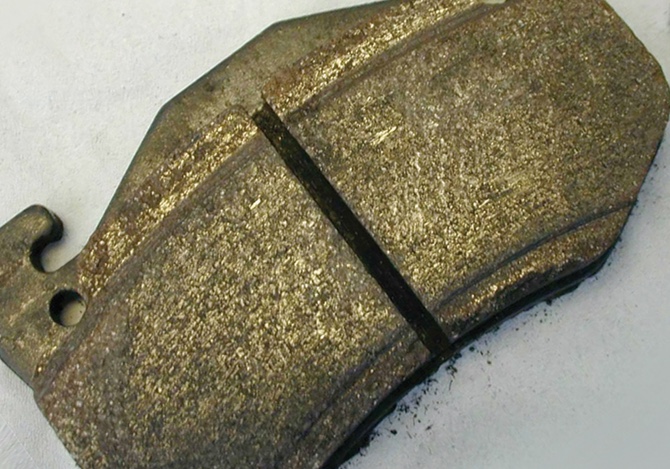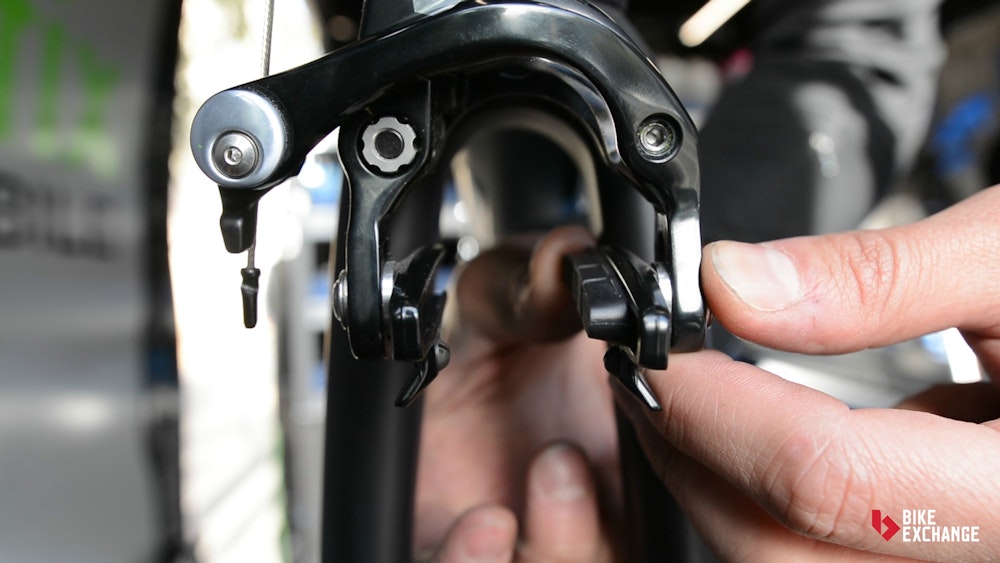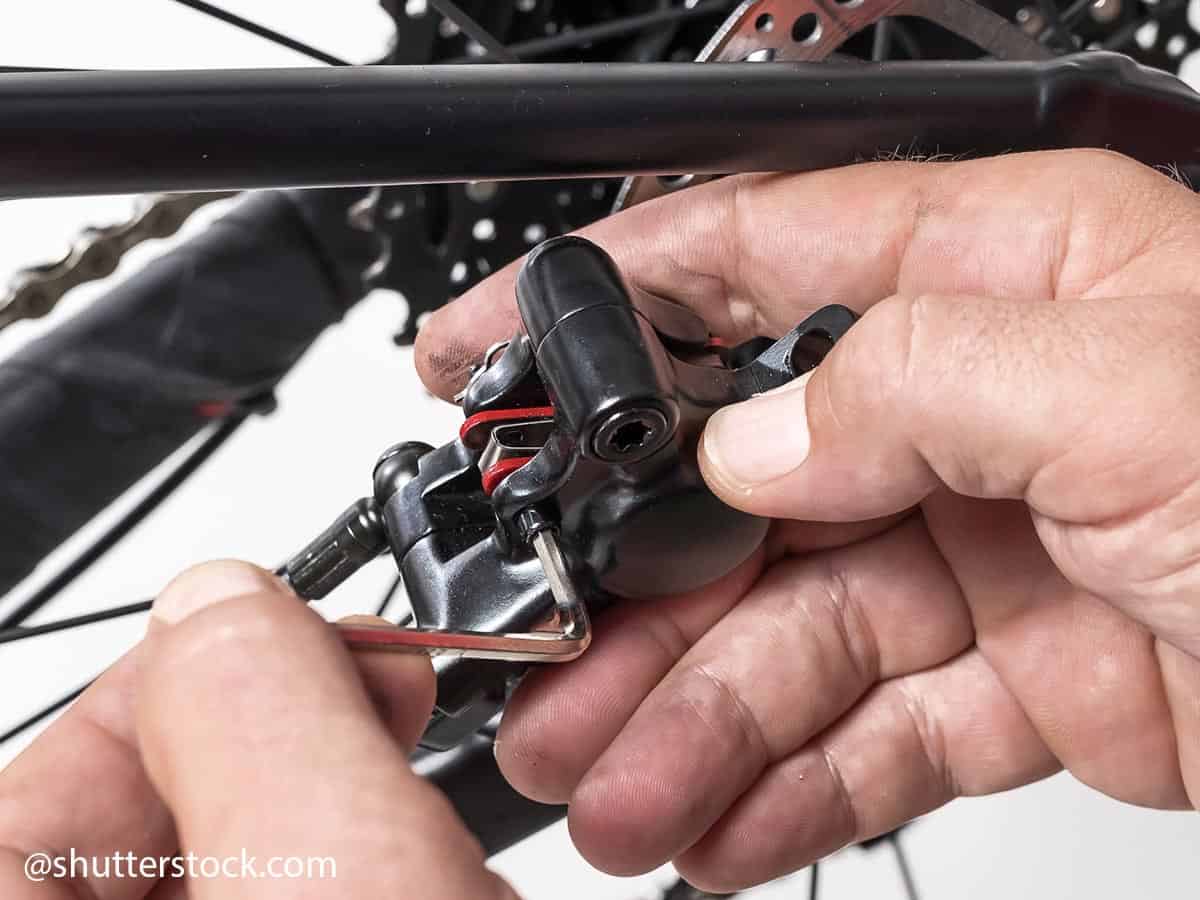Why Regular Brake Pad Maintenance is Crucial
Regular brake pad maintenance is essential to ensure your safety on the road. Worn-out brake pads can lead to reduced stopping power, increasing the risk of accidents and injuries. In fact, brake failure is a leading cause of bicycle accidents. By neglecting to replace brake pads, riders put themselves and others at risk. Moreover, worn-out brake pads can also cause damage to other brake components, resulting in costly repairs. On the other hand, well-maintained brake pads provide peace of mind, allowing riders to focus on the road ahead. By prioritizing brake pad maintenance, cyclists can enjoy a safer and more enjoyable riding experience. It’s crucial to stay on top of brake pad maintenance to avoid the risks associated with worn-out brake pads. Changing bike brake pads regularly can help prevent accidents and ensure a smooth ride.
Identifying the Signs of Worn-Out Brake Pads
Recognizing the signs of worn-out brake pads is crucial to ensure timely replacement and prevent accidents. One of the most common indicators of worn-out brake pads is a squealing or grinding noise when applying the brakes. This noise is often a result of the brake pads wearing down to the point where they are rubbing against the metal brake rotor. Another sign of worn-out brake pads is a spongy brake lever, which can indicate air in the brake system or worn-out brake pads. Additionally, uneven brake pad wear can also be a sign of worn-out brake pads, which can lead to reduced stopping power and increased risk of accidents. By being aware of these signs, cyclists can take proactive steps to replace their brake pads and ensure a safe riding experience. Regularly inspecting and changing bike brake pads can help prevent accidents and maintain optimal brake performance.
How to Choose the Right Brake Pads for Your Bike
Selecting the correct brake pads for your bike is a crucial step in ensuring optimal brake performance and safety. When choosing brake pads, there are several factors to consider, including brake type, bike model, and riding style. For instance, rim brake pads are designed for bikes with rim brakes, while disc brake pads are designed for bikes with disc brakes. Additionally, brake pads designed for mountain bikes may be more durable and heavy-duty than those designed for road bikes. Furthermore, riders who frequently ride in wet or muddy conditions may require brake pads with specialized materials to improve stopping power in these conditions. It’s also important to consider the brake pad’s material, with options including organic, sintered metal, and semi-metallic. By choosing the right brake pads for your bike, you can ensure a smooth and safe riding experience. When changing bike brake pads, it’s essential to select the correct type to ensure optimal performance and safety.
A Step-by-Step Guide to Changing Your Bike’s Brake Pads
Changing bike brake pads is a relatively simple process that can be done at home with the right tools and a bit of patience. To get started, gather the necessary tools, including a set of new brake pads, a brake pad spacer, and a torque wrench. Next, remove the wheel and caliper from the bike, taking care not to touch the brake rotor to prevent oil from getting on the surface. Remove the old brake pads and inspect the brake caliper and rotor for any signs of wear or damage. Install the new brake pads, making sure to align them properly and secure them with the brake pad spacer. Tighten the brake caliper bolts in a star pattern to ensure even pressure. Finally, reinstall the wheel and caliper, and test the brakes to ensure they are functioning properly. When changing bike brake pads, it’s essential to follow proper safety precautions, such as wearing gloves and safety glasses, and working in a well-ventilated area. Additionally, make sure to dispose of the old brake pads properly and clean the work area to prevent contamination. By following these steps, cyclists can ensure a successful brake pad replacement and enjoy a safe and smooth ride.
Tips for Proper Brake Pad Installation and Adjustment
Once the new brake pads are installed, it’s essential to ensure proper alignment, pad spacing, and cable tension to guarantee optimal brake performance. To achieve this, start by aligning the brake pads with the brake rotor, making sure they are parallel and evenly spaced. Next, adjust the cable tension by turning the barrel adjuster clockwise to tighten or counterclockwise to loosen. It’s crucial to avoid over-tightening, as this can cause the brake pads to wear unevenly. Additionally, inspect the brake caliper and rotor for any signs of wear or damage, and clean the area to prevent contamination. When changing bike brake pads, it’s also important to lubricate the brake pivot points and caliper slides to ensure smooth operation. By following these tips, cyclists can ensure a successful brake pad replacement and enjoy a safe and smooth ride. Furthermore, regular brake pad maintenance and adjustment can help prevent common issues, such as brake squeal and uneven wear, and ensure that the brakes are functioning at their best.
Common Mistakes to Avoid When Changing Brake Pads
When changing bike brake pads, it’s essential to avoid common mistakes that can compromise the safety and performance of the brakes. One of the most critical mistakes to avoid is incorrect pad installation, which can lead to uneven wear, reduced stopping power, and increased risk of accidents. Another common mistake is inadequate cleaning of the brake caliper and rotor, which can cause contamination and premature wear of the new brake pads. Failure to inspect other brake components, such as the brake cables and caliper, can also lead to overlooked issues that can affect brake performance. Additionally, using the wrong type of brake pads or failing to follow the manufacturer’s instructions can result in suboptimal brake performance. When changing bike brake pads, it’s crucial to take the time to do it correctly, following a step-by-step guide and taking necessary safety precautions to ensure a successful replacement. By avoiding these common mistakes, cyclists can ensure a safe and smooth ride, and prevent costly repairs down the road.
How Often Should You Replace Your Bike’s Brake Pads?
The frequency of replacing bike brake pads depends on various factors, including riding frequency, terrain, and weather conditions. For frequent riders, it’s recommended to inspect and replace brake pads every 3,000 to 5,000 miles, or every 6 to 12 months. However, if you ride in harsh weather conditions, such as heavy rain or snow, or on rough terrain, such as mountains or trails, you may need to replace your brake pads more frequently. Additionally, if you notice any signs of worn-out brake pads, such as squealing or grinding noises, spongy brake levers, or uneven brake pad wear, it’s essential to replace them immediately. When changing bike brake pads, it’s crucial to keep track of the mileage and condition of the pads to ensure timely replacement and maintain optimal brake performance. By doing so, cyclists can enjoy a safe and smooth ride, and prevent accidents caused by worn-out brake pads.
Conclusion: Safe Riding Starts with Well-Maintained Brake Pads
In conclusion, regular brake pad maintenance and replacement are crucial for safe and enjoyable riding. By understanding the importance of brake pad maintenance, identifying the signs of worn-out brake pads, and following a step-by-step guide to changing bike brake pads, cyclists can ensure their safety on the road. Additionally, choosing the right brake pads, avoiding common mistakes, and replacing brake pads at the right time can help prevent accidents and maintain optimal brake performance. By prioritizing brake pad maintenance, cyclists can ride with confidence, knowing that their brakes are in good condition. Remember, changing bike brake pads is a simple and essential task that can make all the difference in ensuring a safe and enjoyable ride. By following the guidelines and tips outlined in this article, cyclists can take control of their brake pad maintenance and enjoy a safe and smooth ride.









